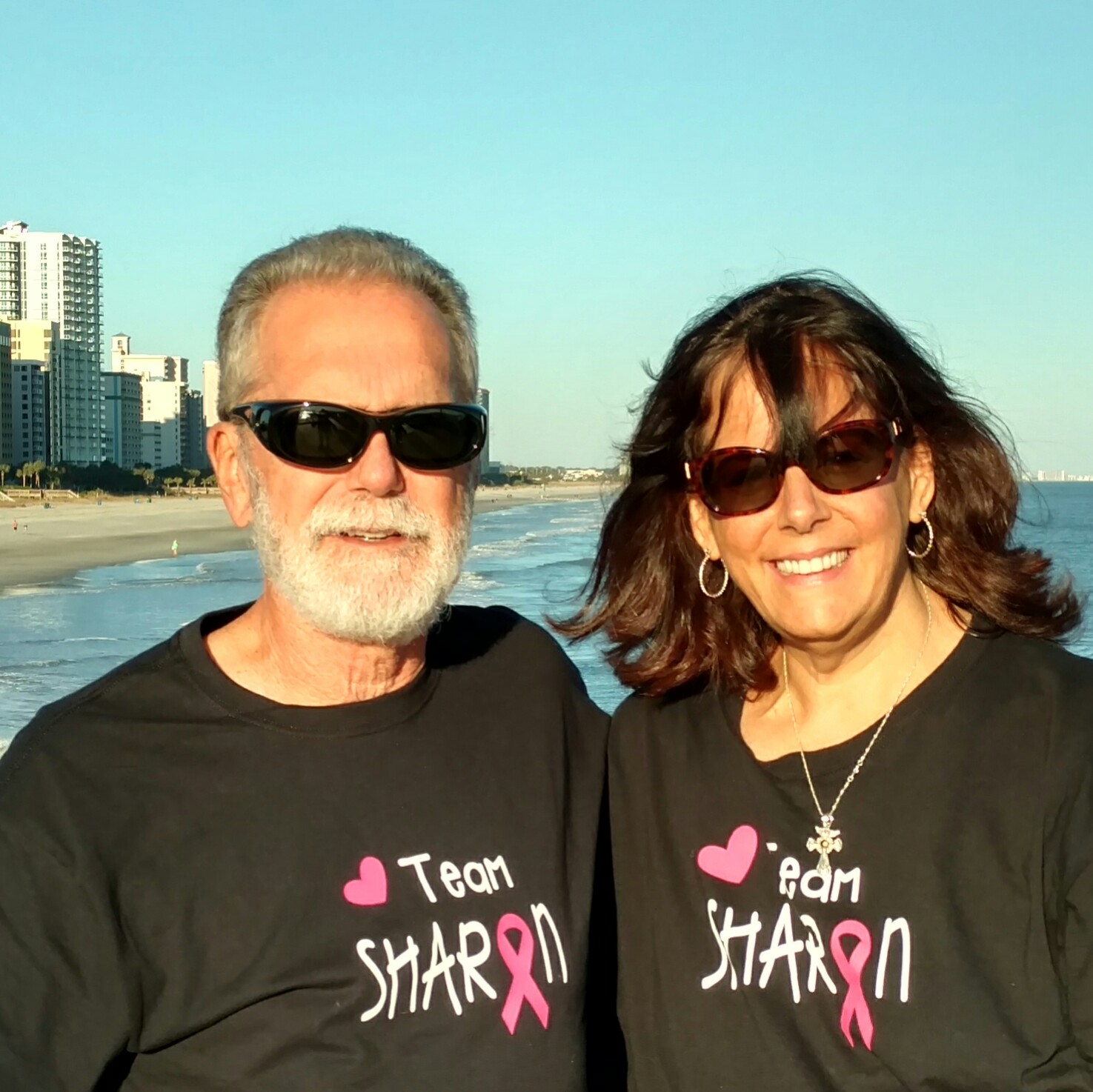Necessities of identifying courses of narcotic abuse: Diagnosis of Narcotic Abuse

Necessities of identifying courses of narcotic abuse will help you get out in the thickest of nicotine addiction
When addressing the necessities of identifying courses of narcotic abuse, it is very important that we appreciated that the whole process of diagnosing narcotic abuse and dependence is very complicated. This is so because users are not ignorant of the fact that their drug use activity is prohibited, illegitimate and illegal. Speaking to the experts at AWAREmed Health and Wellness Resource Center under the able leadership of doctor Dalal Akoury (MD) and founder of the facility, it is evident that physiologically, the user’s brain requires the drug as a substitute for endorphins, this often makes it very difficult for users to stop regardless of whether or not they recognize the problem. It is therefore possible that drug dependency in many situations may be discovered by friends or family members and even this will still have some challenges associated with stigma thereby causing the families to deny or avoid the problem. But addiction being what it is, in most cases with or without anyone speaking about it, somewhere along the way something in the life of the user will reveal his or her dependence. Difficulty at work; criminal activity (e.g., theft, forgery); prescription records gathered by insurance companies and doctors; withdrawal; or the discovery of an illness, like HIV infection, may uncover the problem.
Besides all these the physical signs of drug dependence, like injection marks on the skin, deterioration of nasal tissue from snorting and constricted or dilated pupils may be present. Therefore the process of ascertaining the truth may involve screening for the presence of narcotics in the body by carrying out laboratory tests, like urinalysis or hair analysis. However doctor Akoury registers that testing alone cannot determine the length of time that drugs have been used. In that case differential diagnosis may be necessary in cases where signs indicate nonnarcotic drug use or the presence of a medical condition. Like for instance benzodiazapine and barbiturate use can produce symptoms similar to narcotic intoxication and withdrawal. Hypoglycemia (low blood-sugar, fatigue), electrolyte imbalance, head or brain injury, and stroke can produce delirium and cause slurred speech, inability to concentrate, and impaired memory, which are also signs of intoxication.
Necessities of identifying courses of narcotic abuse: Narcotic Abuse Course
According to the experts at AWAREmed Health and Wellness Resource Center, the exact age for drug use is not always very clear owing to the fact that the effects of narcotics can be felt even before birth, however socially the average age range of onset for drug use is 18 to 25. The most painful fact about narcotic use is that those who are using narcotic drugs be it within this rage or otherwise, usually progress the usage to drug dependency says doctor Dalal Akoury. She is also making emphasis that narcotic addiction may develop after medical treatment as well. Like for instance some users often become dependent on the euphoric effects of narcotics following surgery or long-term treatment for pain. It is likely possible that those risk factors for drug abuse are present in such individuals even before treatment.
Necessities of identifying courses of narcotic abuse: Complications of narcotic abuse
The necessities of identifying courses of abuse cannot be ignored at this point of time. We are living in a world that is saturated with serious infectious diseases like AIDS, hepatitis, and tuberculosis which may also develop during the course of drug dependency. And as a matter of facts in some (if not most) large, urban areas, it is estimated that up to 60 percent of those dependent on heroin are infected with the HIV. And besides that tracks, visible puncture scars, are caused by repeated injection especially with heroin and cocaine users. Experts are raising the red flag that scarring of the veins may lead to swellings this is because many users switch from the veins in the forearm to those in the feet, inside the thigh, or in the neck while others stop using veins and inject directly into the first layer of skin a practice that is commonly known as “skin-popping.” When this practice is done consistently over a period of time, it will eventually lead to the development of cellulitus which is an infection into connective tissue, and abscess, where cell death causes pus to collect beneath the skin. Round, healed scars are common signs of skin-popping.
Doctor Akoury reiterates that being addicted to drugs is not only health hazardous but also brings on board other complications that can really bring your life and that of your loved ones to a standstill. Take for example criminal activity that are associated with drug dependency like theft and forgery (of doctors’ signatures), as well as the transportation, sale, and production of illegal substances. All these can land users into serious problems with the law enforcer’s agencies thereby leading to the pillar or bread winner of the family being imprisoned. The trauma, stigma and discrimination that come with it may be unbearable to the family and more so the children in school. In spite of all these doctor Akoury says that all is not lost because the situation can be remedied by seeking for treatment in good time. She says that it is always very important that when you have noticed that you are struggling with any form of drug, immediate treatment must be sought. This way the effectiveness of your treatment will be less complicated since most of your body organs shall have not been affected by the scourge of addiction. Therefore for quick solution to your addiction problems to all kind of narcotics, schedule for an appointment with the experts at AWAREmed Health and Wellness Resource Center for a thorough evaluation to be done with a view of starting you on the right king of treatment program the will deliver back your health to you for comfort and full enjoyment thereafter.
Necessities of identifying courses of narcotic abuse: Narcotic Abuse Prognosis
Finally it is important to note that the estimated death rate in those dependent on narcotics includes death by overdose as well as by murder associated with drug-related crime. From the various studies, it has been established that the death rate increases by 2 percent for every year of use and the translation of that is that those who have been using narcotics say for the past 10 years stand a 20 percent chance of drug-related death. In 2013, drug overdose deaths surpassed car crashes and the leading cause for injury death in the United States. This raises great concern on the urgency with which lasting solution must be sought. Don’t therefore weight until it is too late, take action now.
Necessities of identifying courses of narcotic abuse: Diagnosis of Narcotic Abuse

















